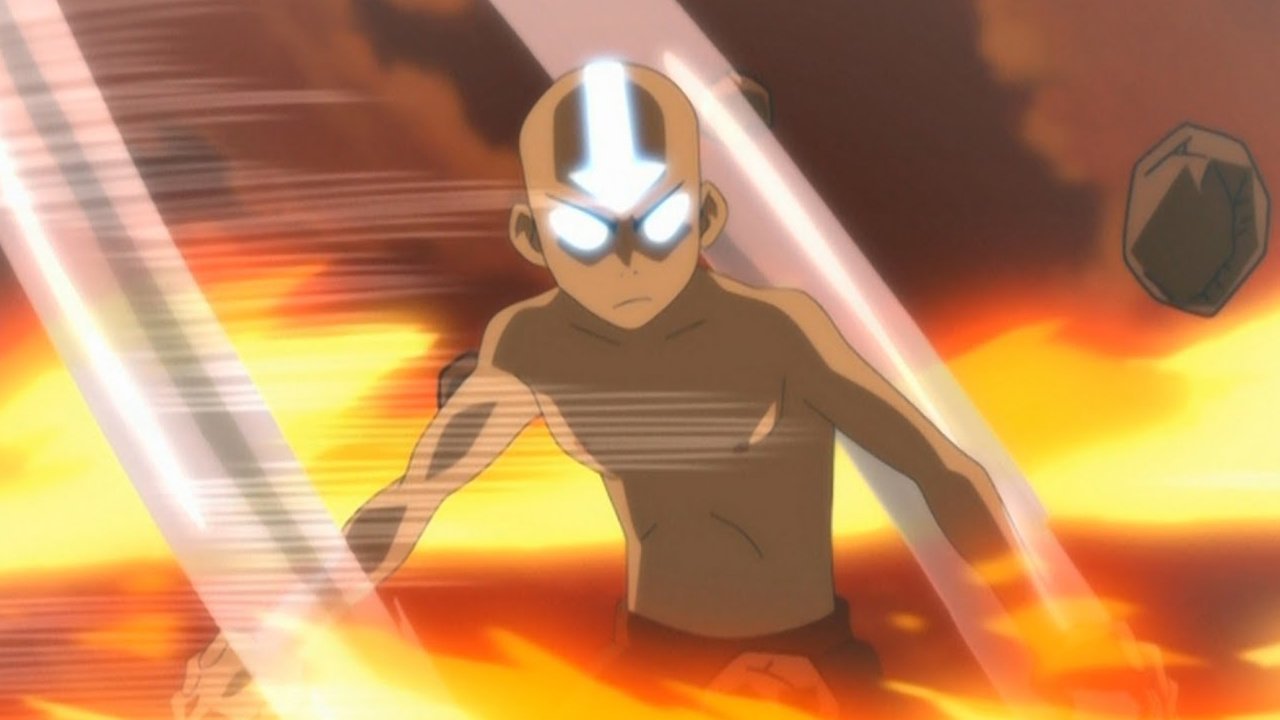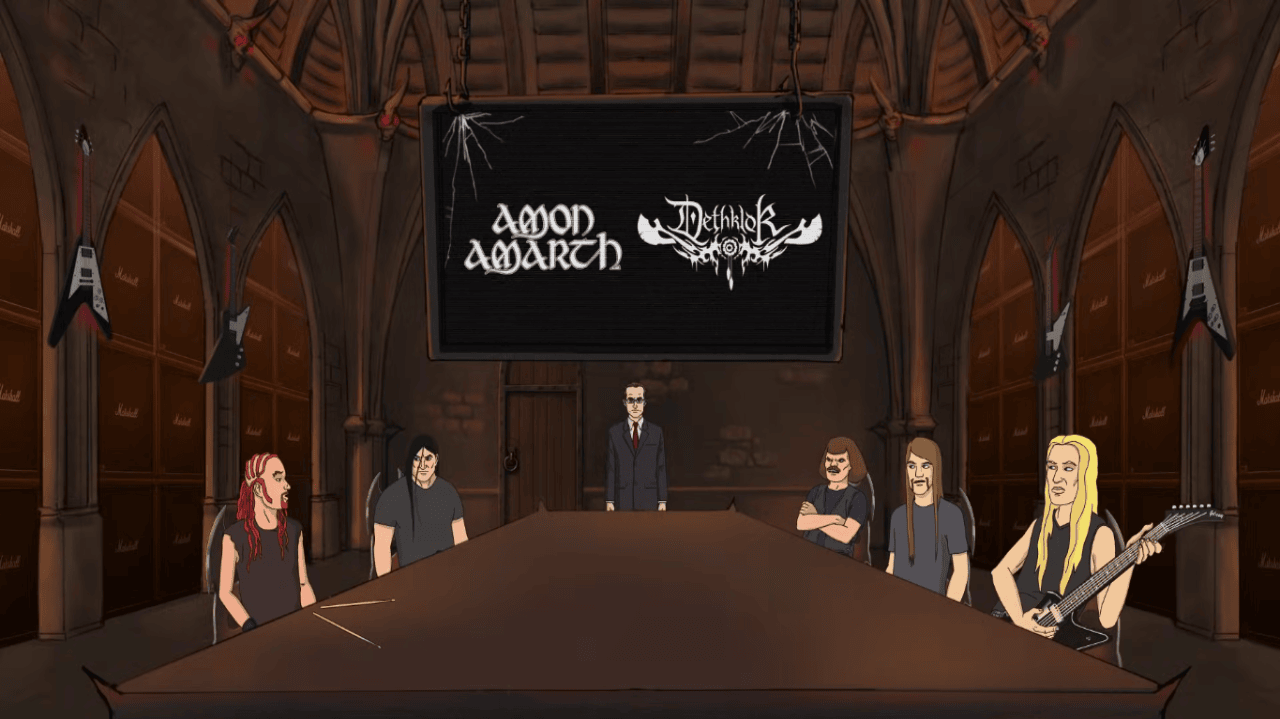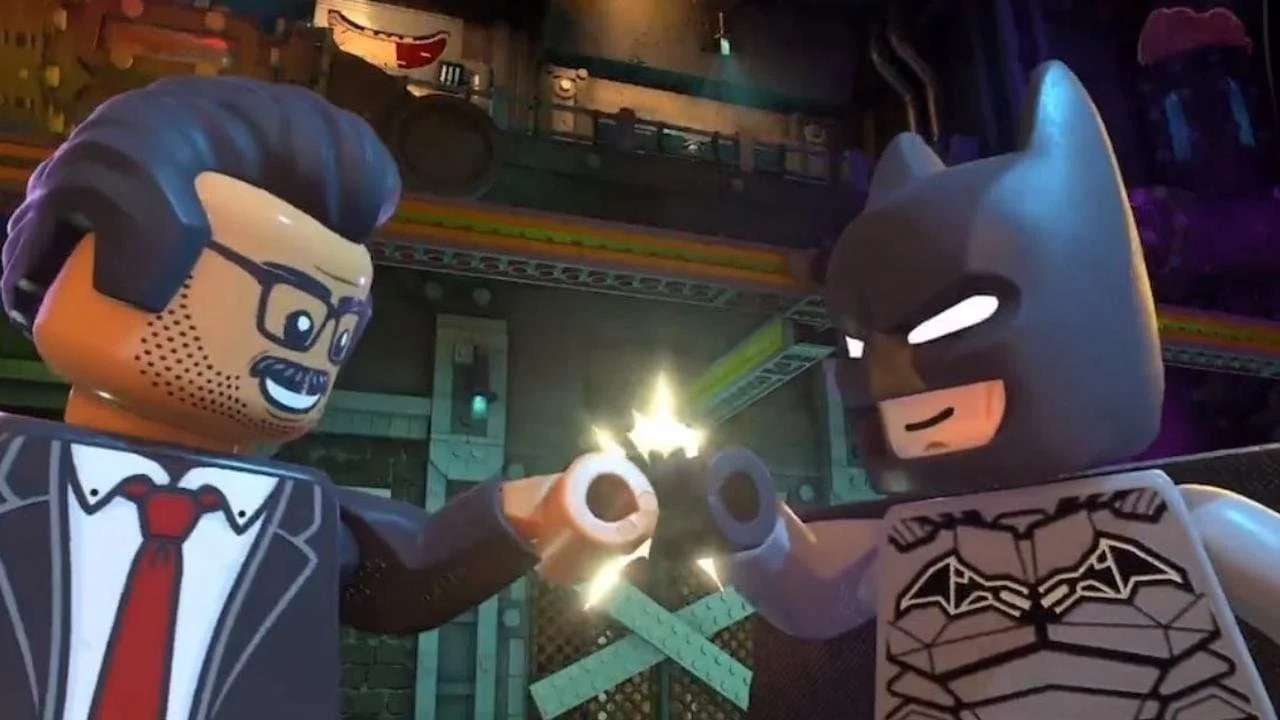'Avatar: The Last Airbender' Animated Series Retrospective
Image Source: Cinemablend
Warning: major spoilers for Avatar: The Last Airbender
Water. Earth. Fire. Air. Long ago, the four nations lived in harmony. But everything changed when the Fire Nation attacked.
Back in the early 2000s, most cartoons and even live-action Nickelodeon shows were a half-hour of increasingly improbable hijinks. That all changed when Michael Dimartino and Bryan Konietzo teamed up to write and produce Avatar: The Last Airbender. Instead of a serial cartoon, Avatar began the trend of continuity across cartoons, although they still had to follow a serial format due to scheduling limitations. The result was an epic narrative with memorable characters and life lessons that spawned a sequel series The Legend of Korra, in 2012 and a current podcast, Braving the Elements, hosted by the voices of Korra and Zuko, Janey Varney, and Dante Bosco.
RELATED:
The world of Avatar is divided into four nations: The Northern and Southern Water Tribes, the Earth Kingdom, the Fire Nation, and the Air Nomads, of which Aang is the last survivor. Some people in this world are born with the ability to bend one of the four elements: water, earth, fire, or air. One person with the ability to bend all four elements is reincarnated into each nation as a cycle. Aang is the current avatar and the last airbender, as the rest have been destroyed by the Fire Nation. The avatar is a symbol of hope but had been missing for 100 years until Katara and her brother Sokka discovered him in the iceberg. The three began a journey to help Aang master all the elements and put an end to the Fire Nation’s war.
Dimartino and Konietzo took inspiration from Eastern culture and anime to create a visually stunning series. The creators took inspiration from different martial arts practices to create realistic movements for the four bending arts. In addition to the highly detailed worldbuilding, the showrunners had a great team of writers to work with, and the characters had a wealth of wisdom to share.
Image Source: IGN
Though written for children, the show dealt with mature themes like genocide, war, pacifist principles, fractured tribes, and dysfunctional families. The main character Aang is left without a people, while Southern Water Tribe members Katara and Sokka are dealing with grief over their mother’s death and their father being away at war. Even the villain Zuko is struggling with proving his worth to his father.
The show’s seasons reflect the various elements. Book 1 focuses on the element of water as Aang wakes up a century later and must learn to adapt to the new reality, like Firebenders being actual villains. Sokka and Katara adapt to their new roles as the avatar’s companions. Katara practices her bending and sees the world outside her isolated tribe. Sokka learns valuable lessons about not judging someone based on appearance. To contrast the water theme, Zuko is obstinate in single-mindedly capturing the avatar but learns to respect the crew he travels with.
Image Source: IGN India
The second season focuses on the element of Earth. Aang and his companions, otherwise known as the Gaang, spend much of the season in the Earth Kingdom, given its large geographical area and search for an earthbending teacher from Aang. Meanwhile, Zuko and Iroh deal with their new status as exiles from the Fire Nation and refugees in the Earth Kingdom. When the Gaang meets Toph, she teaches Aang that being an earthbender means facing problems head-on, which proves to be difficult for Aang. In a series of episodes where Aang loses his sky bison Appa, he has trouble dealing with his emotions and refuses to let himself feel anything. Similarly, a conspiracy in Ba Sing Se is keeping the king from seeing the truth about the war. When the king finally learns about the war, it inspires him to take action. Zuko struggles to relinquish his status as a firebending prince and must decide who he wants to be.
Image Source: Cinemablend
Book three focuses on fire. One of the most famous images associated with fire is a phoenix rising out of the ashes, and the season has this trope in spades. Due to the events in the season 2 finale, the world thinks the avatar is dead, which will lead to renewed hope once Aang finally reveals himself. Fire Lord Ozai rebrands himself as the Phoenix King although all he’s promising is more of the same oppression on a larger scale. Zuko, now back in his father’s good graces, struggles to accept his role in the Fire Nation and grows uncomfortable with their methods. Sokka, having lost his boomerang, trains in the art of the sword to be of greater use in combat. Toph, at the end of season 2, learns how to bend metal, essentially reinventing earthbending. Katara learns how to be creative with her waterbending as the element isn’t readily available in the Fire Nation. An elderly woman from her tribe teaches her the dark art of bloodbending, which leads Katara on a journey of revenge that she ultimately relinquishes. Zuko, and Azula’s companions Mai and Tai Lee eventually side with the heroes, choosing love and peace over violence. The first episode sees Zuko trying to capture Aang while the final episode shows the pair standing side by side as friends, ready to rebuild the world.
Avatar: The Last Airbender is one of those rare shows that brought culture, philosophy, and heart to the small screen and left viewers changed from having shared a thrilling and inspiring journey with the characters. The show was a combination of wit, wisdom, and spirit as unique as a normal bear not crossed with another animal in the Avatar world.
10/10
READ NEXT:















